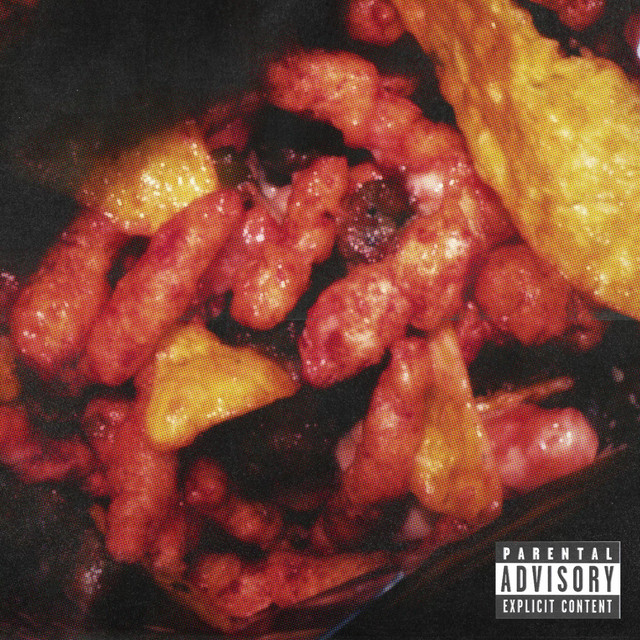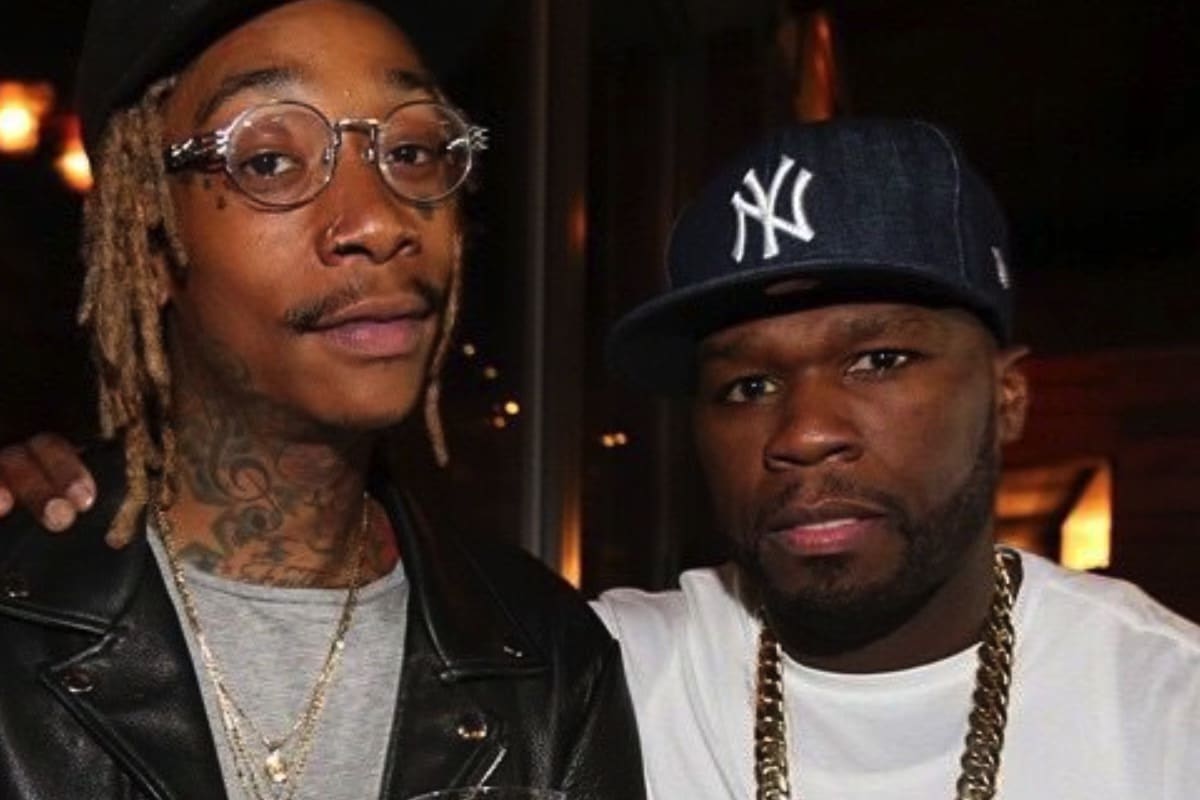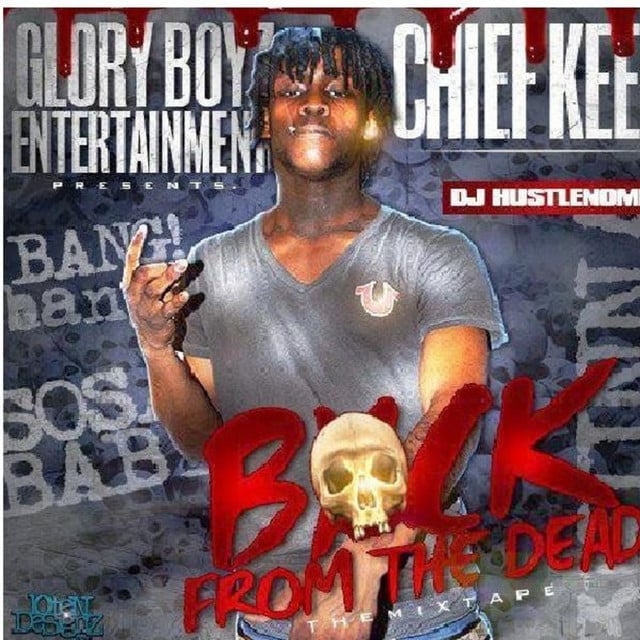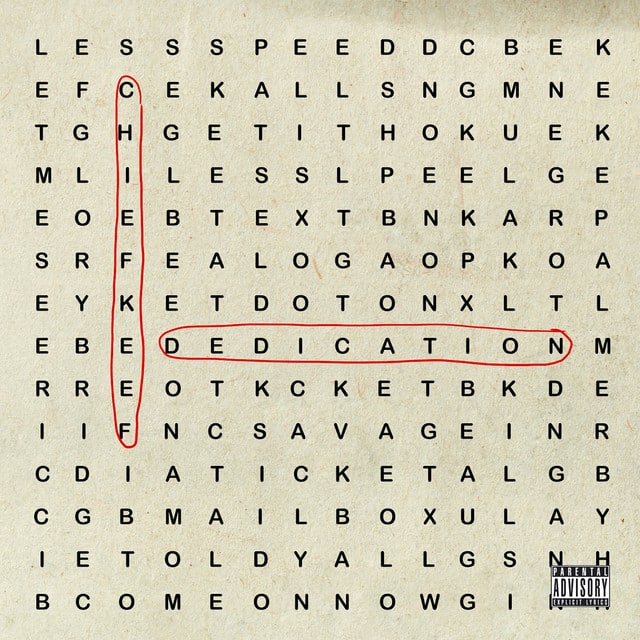Released: 2012
“Love Sosa” by Chief Keef ain’t just a track—it’s a bold statement of authenticity and clout in the streets. Keef is clapping back at haters doubting his street cred and the respect he commands. The hook is catchy, but don’t get it twisted—this is a battle cry against all the phonies talking sideways about the Chief.
The intro sets the scene with folks gossiping in the barbershop—classic community hub—questioning Chief Keef’s realness and involvement in street activities. Keef is unbothered, shutting down the chatter with authority. The “BD on Lamron” line refers to the Black Disciples, a Chicago gang, repping the Lamron set—a backronym for “Normal” spelled backwards, calling out the street they hold down. This is his way of saying, “We are about that life, and the proof is in the pudding—we’ve been through the system.” “Caught with a ratchet” means being busted with a firearm, and shooting at police is self-explanatory—this guy is no stranger to heavy street warfare.
The hook hits with “Love Sosa,” a chant that the ladies are feeling Keef, but it’s deeper—Sosa’s got the influence. The “O end or no end” is a shout-out to the O’Block section of Chicago, proving Keef’s connection to the area runs deep. He’s flexing with ‘Raris and Rovers, luxury rides that symbolize success. The line “Hit him with that Cobra” ain’t about snake charming, fam—it’s a metaphor for using a gun, specifically, a .38 caliber Cobra, implying that Chief and his crew don’t mess around.
Keef then contrasts his crew, the “GBE dope boys,” with the “broke boys,” creating a divide between the haves and the have-nots, highlighting his financial success and their lack thereof. “Convertible Lambo’s, boy” ain’t just flossing about whips—it’s a representation of his elevated status. Disrespecting the “O boys” is a no-fly zone, and he puts emphasis on action over talking—”we don’t use hands, boy,” signaling that conflicts are often resolved with firearms, not fist fights.
We get a name drop of D. Rose, referencing Chicago Bulls player Derrick Rose who hails from the same area as Keef, representing success alongside toughness—the “six double-O” refers to 600, another set within the BDs. Keef boasts about his past dealings selling soda—street for crack cocaine—and coca. This line shows Keef’s transition from street hustles to the rap game. “Clap for Sosa” indicates both a show of respect and possible gunfire—the double entendre is real.
The final verses keep spinning the same threads: acknowledging the loyalty of women drawn to his power, the influence he holds in the rap game, and a lifestyle defined by street respect and wealth. Tadoe being “off that molly water” illustrates the drug use prevalent in this life, while the warning “be cool like water” suggests maintaining composure to avoid a violent outcome. Keef identifies himself as the “trending topic,” evidence of his cultural impact, ending the track with the same confidence it started with—these streets, the rap game, the women, they all “Love Sosa.”
Throughout “Love Sosa,” Keef not only showcases his bravado and unapologetic self-assurance but also paints a picture of life within his world—one where respect is paramount, and loyalty is key. While the language may be gritty and the themes rough around the edges, the track is a raw depiction of Chief Keef’s reality, and a celebration of his ascendance above the chatter and the skeptics.








